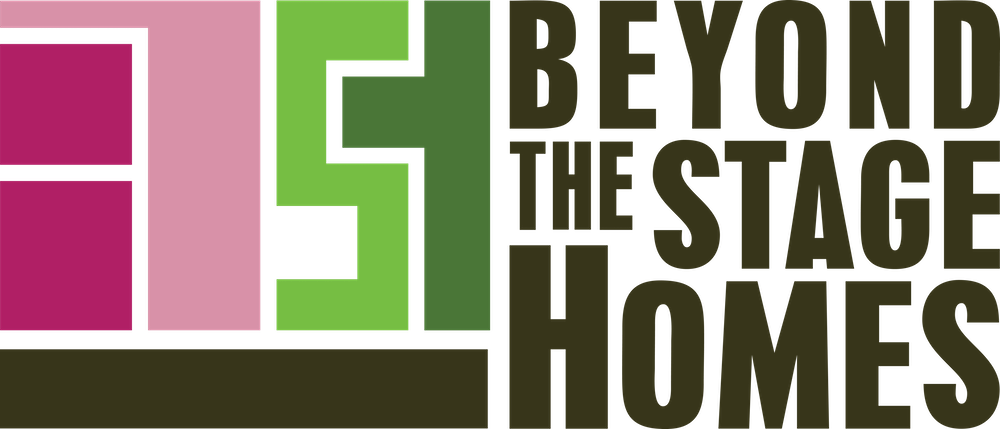Many of the decisions made regarding flooring, in terms of what buyers will prefer to see, will be market specific. Often the price-point of the house will dictate the extent of upgrades required for flooring.
Updates and Repairs
Replace worn, stained, or outdated carpet
Stretch and tack down loose carpet
Check grout for condition, and re-grout cracked or recessed grout (clean stained or discoloured grout)
Touch-up minor floor scratches
Refinish worn hardwood
Upgrade as necessary
Types of Flooring

Laminate
Most often used to replicate wood, this versatile and durable flooring can also mimic the look of tile
Available in a range of quality – a good quality laminate can be much more durable than hardwood (not as sensitive to temperature and humidity changes)
Not easily scratched or dented, and therefore ideal for use with pets and kids
Easy to install, and may be installed over most types of flooring
Good for medium to lower priced homes – considered an inexpensive upgrade by buyers
Not ideal in areas prone to moisture (i.e. bathrooms, laundry room, or kitchen)
Works best in living rooms, bedrooms, and basements
Hardwood Flooring

Has a natural pattern and colour, and the pattern will have variations
Some woods are not actually “hard” woods, despite their name, and have a low level of durability
Will expand and contract depending on temperature – should be installed in rooms that experience a fairly consistent temperature and humidity level
If hardwood floors already exist in a home, consider refinishing to update colour and remove scratches
Engineered vs Natural
Both are great products, very durable
For comparable quality, the pricing for either is generally relatively similar
Engineered:
Less sensitive to humidity and temperature changes
Not recommended to be sanded and refinished
Available in wider plank sizes than natural
May be installed on any level of the house
Natural:
Will expand and contract due to temperature and humidity changes – should be installed to allow for this without buckling
May be sanded and refinished numerous times (approximately 10 times on average)
Recommended in above-grade rooms only
Works best in living rooms and bedrooms, but great for any room above grade
TIP: Avoid distinct or trendy wood features for the purpose of resale

Tiles
Travertine and natural stone tiles have a varying texture and colour
Natural stone tiles should be re-sealed regularly
Porcelain tiles are harder and more durable than ceramic, but often more expensive
Ceramic tiles often mimic porcelain tiles but are less durable and may crack or break if items are dropped on them
Tiles should be installed on flat surfaces, otherwise grout will crack, as could the tiles
Tiles can be a cold surface if heating is not installed with it
Good for installing as an upgrade from linoleum
Works best in bathrooms, entries, and laundry rooms


Carpet
Once considered a luxury item, carpet is now considered an inexpensive flooring option, and is much less appealing to most buyers
Considered less hygienic – people with allergies often opt for a home that is carpet-free (if the carpet is being removed from a home, consider replacing it with a non-carpet flooring alternative – i.e. hardwood)
Varies in height, known as “pile” – a higher pile generally reflects a higher cost as well
Always ensure a high-quality under-pad is installed to maximize the value of the carpet
Works best in basements or bedrooms


